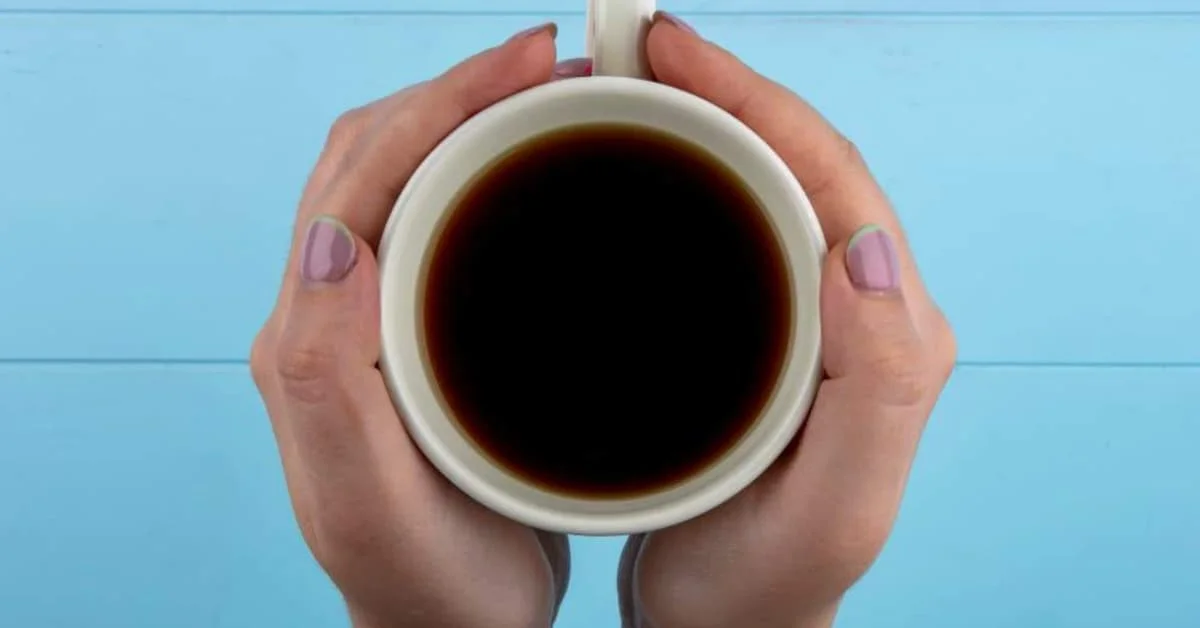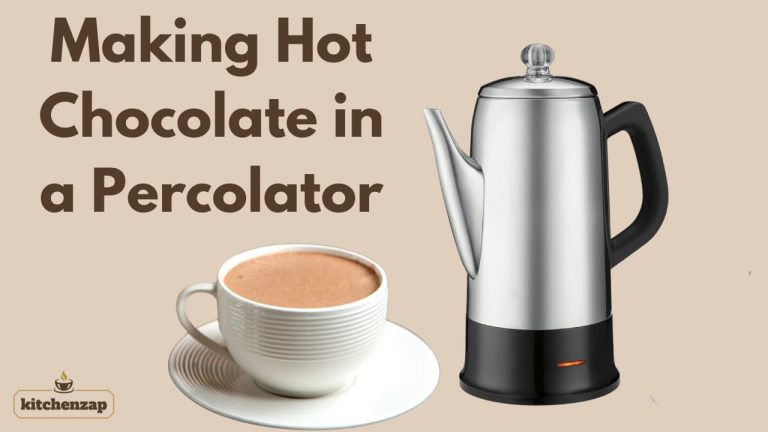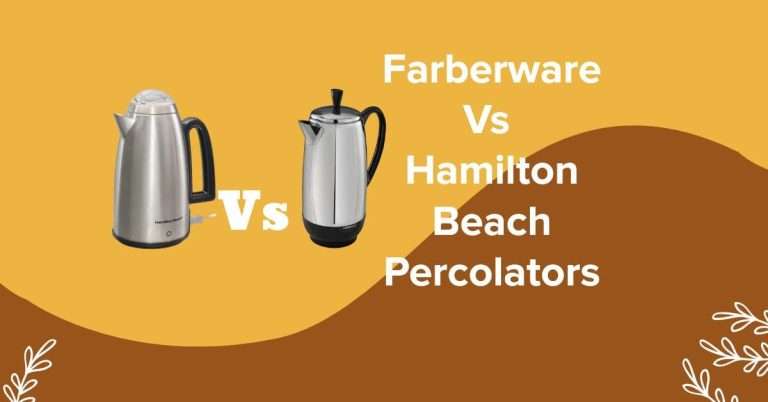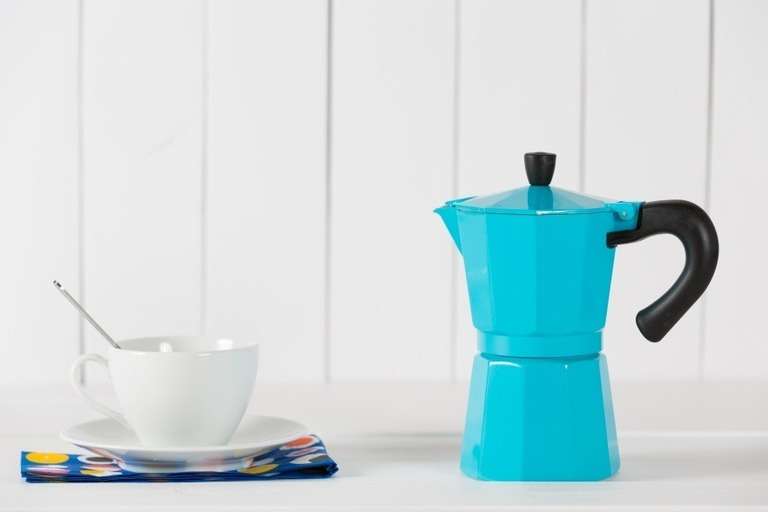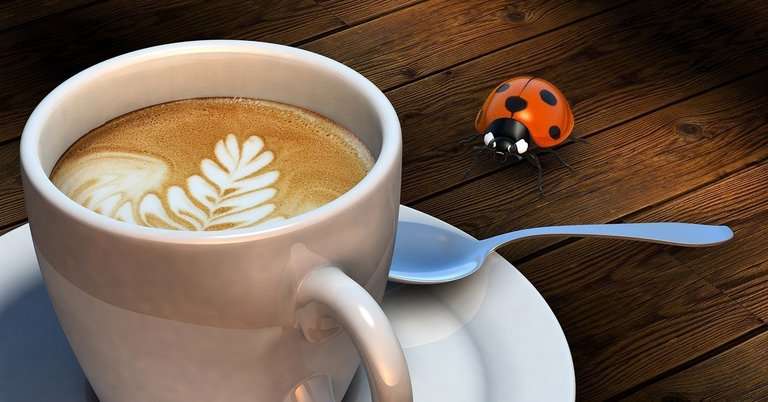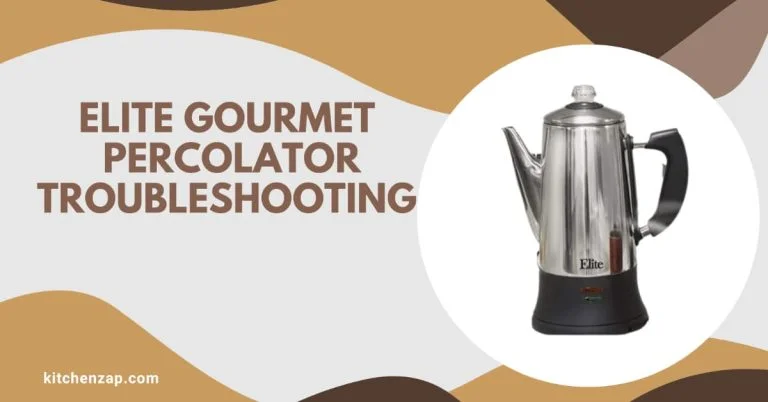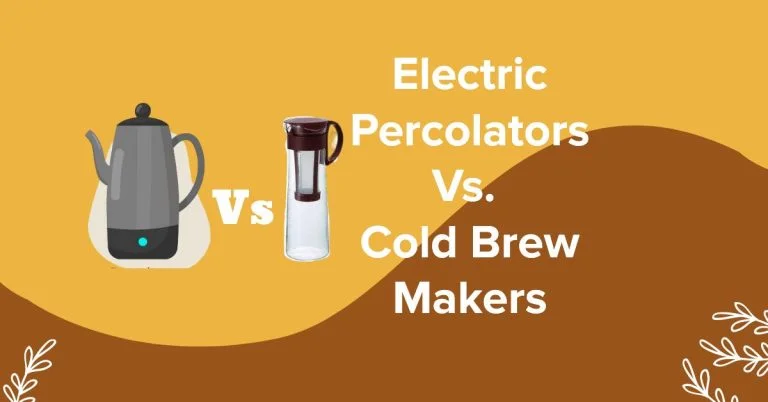Mastering the Perfect Brew: Coffee-to-Water Ratios in Percolators
If you’re a coffee enthusiast, you know that the perfect cup of coffee starts with the right coffee-to-water ratio. And when it comes to percolators, it’s important to get this ratio just right to achieve that rich, full-bodied flavor that we all crave.
But with so many different variables to consider, it can be difficult to know where to start. That’s where mastering the perfect coffee-to-water ratio in percolators comes in.
Whether you’re a seasoned barista or just starting out, understanding the basics of percolator brewing is essential for achieving consistently delicious results.
In this article, we’ll explore the science behind coffee-to-water ratios in percolators, and provide you with some tips and tricks to help you achieve the perfect brew every time. So grab your favorite mug, and let’s get brewing!
When it comes to brewing methods, percolators are a popular choice for many coffee enthusiasts due to their unique taste and experience.
Percolators work by continuously cycling boiling water through coffee grounds until the desired strength is achieved. Finding the ideal coffee to water ratio in percolator is key to getting the perfect taste, as it significantly impacts the strength and flavor of the coffee.
While percolators may not be the most popular brewing method, they can produce excellent coffee that can’t be replicated by other methods.
Experimentation is key when it comes to finding the perfect brew. Personal preference plays a big role in determining how much coffee ratio to water, and what works for one person may not work for another.
- Please refer to user guide or user manual or user guide (provided below in PDF) before first use
By experimenting with different ratios and brewing methods, coffee lovers can discover their own perfect cup of coffee. Give it a try, and you’re one step closer to finding the ideal brew that suits your taste.
Understanding Coffee-to-Water Ratios
What is Coffee-to-Water Ratio?
If you’ve not heard of it before, the coffee-to-water ratio is the amount of coffee grounds to water used during brewing.
It is a crucial element in achieving the perfect brew. If you’re planning to use an electric percolator, you should be aware that in finding the right coffee to water ratio, electric percolator brewing typically requires a higher coffee-to-water ratio compared to other brewing methods.
But don’t worry, we’re here to help you find the right ratio for you.
To determine how much water in percolator coffee to use, a good rule of thumb is to follow the Specialty Coffee Association‘s recommended coffee-to-water ratio of between 1:15 to 1:18. For drip coffee, the recommended coffee-to-water ratio is 1:15 and for espresso, the ratio is 1:17.
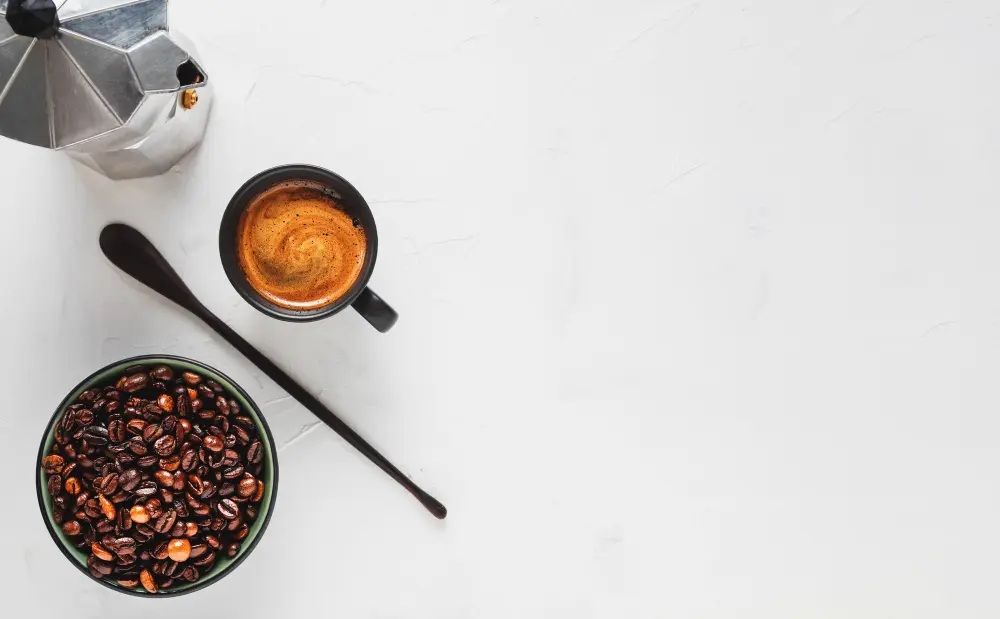
But it is worth mentioning here again that personal preferences and the strength of the coffee desired will ultimately dictate the amount of water needed.
Why is Coffee-to-Water Ratio Important?
At this point, you may be wondering why the coffee-to-water ratio is important and how it will affect the taste of your coffee. No worries– below, we’ll explain more about that in detail.
For one, getting the coffee-to-water ratio right is essential to make a well-balanced and flavorful cup of coffee. Using too little coffee will result in a weak, tasteless brew while using too much coffee can lead to a bitter and overpowering taste.
The ratio also affects the total dissolved solids (TDS) and extraction rate of the coffee, which can affect the strength and mouthfeel of the brew.
- Premium Quality Coffee Percolator: Classic electric percolator brews from 2 to 10 cups of great-tasting coffee, hot,…
How to Measure Coffee and Water
To measure coffee and water accurately, it is recommended to use a digital scale. The scale doesn’t have to be fancy, nor a special type of scale– just the typical kitchen scale you may already have in your kitchen cabinet will do.
Using your kitchen scale, measure the coffee in grams and the water in ounces or milliliters. Using a standard scale ensures consistency and precision in the brewing process.
Ideal Coffee-to-Water Ratio for Different Brewing Methods
The ideal coffee-to-water ratio varies depending on the brewing method. For example, the ideal ratio for French press is 1:12, while pour-over and drip coffee require a ratio of 1:15. Cold brew, on the other hand, requires a higher ratio of 1:12 due to its extended brew time.
General Guidelines for Percolator Coffee-to-Water Ratios
When brewing coffee in a percolator, it’s important to use the correct percolator coffee ratio grams to achieve the perfect brew. To ensure the best results, it is recommended to follow a ratio of 1:15. This means you should use 1 gram of coffee for every 15 grams of water in your percolator.
To help you understand better, here’s a table of the recommended coffee to water ratio in percolator, representing a range from mild to strong coffee.
The ratios are given in grams (g) of coffee to fluid ounces (fl oz) of water. Keep in mind that these ratios are just a starting point, and you may need to adjust them to suit your taste preferences.
| Mild Coffee | Standard Coffee | Strong Coffee |
| 1g : 20 fl oz | 1g : 16 fl oz | 1g : 12 fl oz |
| 2g : 40 fl oz | 2g : 32 fl oz | 2g : 24 fl oz |
| 3g : 60 fl oz | 3g : 48 fl oz | 3g : 36 fl oz |
| 4g : 80 fl oz | 4g : 64 fl oz | 4g : 48 fl oz |
| 5g : 100 fl oz | 5g : 80 fl oz | 5g : 60 fl oz |
By following the ideal percolator coffee ratio grams outlined above, you can enjoy a perfectly brewed cup of coffee every time.
Please note, however, that while this table provides a general guideline, the ideal coffee-to-water ratio can vary depending on factors such as the type of coffee beans, roast level, grind size, and personal taste preferences. It’s essential to experiment with these ratios to find the perfect brew for you.
Understanding coffee to water ratio in percolator is crucial in mastering the perfect brew. It is recommended to use a digital scale, follow general guidelines for different brewing methods, and experiment to find the ideal ratio for personal preference.
So, now that you have a good grasp of the basics of the ideal coffee-to-water ratios let’s explore how to fine-tune these ratios to suit your individual taste preferences.
- Presto 02811 12-cup Stainless Steel Coffee maker
Fine-Tuning Ratios for Your Taste Preferences
Adjusting Ratios for Stronger Coffee
As we have already mentioned, the perfect coffee-to-water ratio depends on individual preferences. While some like their coffee mild, for some, the stronger, the better.
For those who prefer their coffee strong, it is recommended to experiment with a higher coffee-to-water ratio, such as 1:15 or 1:16. Using this ration will result in a more concentrated brew and a stronger flavor.
However, it is important to note that increasing the coffee-to-water ratio can also lead to over-extraction, which can result in a bitter taste. To avoid this, it is recommended to adjust the grind size and water temperature accordingly.
Adjusting Ratios for Milder Coffee
For those who prefer a milder coffee taste, it is recommended to experiment with a lower coffee-to-water ratio, such as 1:18 or 1:19. This will result in a less concentrated brew and a milder flavor.
However, keep in mind that decreasing the coffee-to-water ratio can also lead to under-extraction, which can result in a sour taste. To avoid this, it is recommended to adjust the grind size and water temperature accordingly.
Finding Your Personal Sweet Spot
Ultimately, finding the perfect coffee to water ratio in percolator is a matter of personal taste. It is recommended to start with the Golden Cup Standard ratio of 1:17 and adjust from there according to personal preference.
It is also important to consider other factors that can affect the taste of the coffee, such as grind size, water temperature, and roast level.
For example, a darker roast may require a higher coffee-to-water ratio to achieve the desired strength, while a lighter roast may require a lower ratio.
Experimenting with different ratios and taking note of the results can help in finding the perfect balance for your personal taste.
- Please refer to user guide or user manual or user guide (provided below in PDF) before first use
Factors Affecting Coffee-to-Water Ratios
When attempting to find the ideal water to coffee ratio, percolator brewing can offer a unique challenge, as the percolation process tends to produce a stronger and more robust coffee flavor than other brewing methods.
Finding the perfect water to coffee ratio for each individual’s taste requires a balance between achieving the desired strength and ensuring that the coffee doesn’t become too bitter or overpowering.
When experimenting with water to coffee ratio for percolator, several factors can affect the taste of the final brew. These factors include:
A. Coffee Bean Variety
The type of coffee bean used can significantly impact the taste of the final brew. Arabica beans are known for their delicate flavor and acidity, while Robusta beans have a stronger, more bitter taste. Blends of both types of beans can also be used to achieve a desired flavor profile.
B. Roast Level
The roast level of the coffee beans can also affect the taste of the brewed coffee. Light roasts have a more acidic and fruity taste, while dark roasts have a stronger, more bitter taste. Medium roasts are a balance between the two.
When experimenting with coffee-to-water ratios, it’s important to consider the roast level of the beans being used.
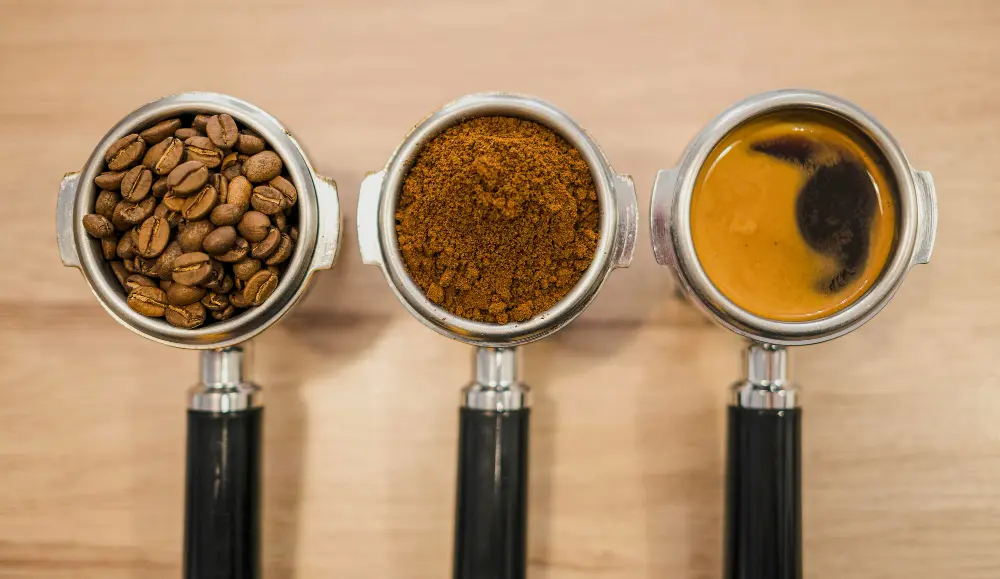
C. Grind Size
The size of the coffee grounds can impact the strength and flavor of the brewed coffee. Finely ground coffee will result in a stronger brew, while coarsely ground coffee will result in a weaker brew.
The grind size also affects the amount of time it takes for the water to extract flavor from the coffee, so it’s important to choose the right grind size based on the desired strength of the coffee.
When experimenting with coffee to water ratio in percolator, it’s important to consider these factors and adjust the ratio accordingly to achieve the desired taste. By adjusting the coffee bean variety, roast level, and grind size, coffee lovers can create a personalized and perfect cup of coffee.
- CLASSIC COFFEE MAKER: Make delicious coffee morning or evening with The Original 12-Cup Farberware Stovetop Percolator
Measuring Coffee and Water Accurately
Accurate measurements are crucial when it comes to brewing the perfect cup of coffee. In order to achieve consistency, it’s important to measure both the coffee and water precisely. There are a few different methods for measuring coffee and water, each with its own pros and cons.
A. Using a Kitchen Scale for Precision
One of the most accurate methods for measuring coffee and water is by using a kitchen scale. By measuring the coffee and water in grams, you can achieve a precise ratio every time. This is particularly important for percolators, which require a specific coffee-to-water ratio for optimal brewing.
Using a kitchen scale also allows for more flexibility when it comes to adjusting the ratio. For example, if you prefer a stronger cup of coffee, you can simply increase the amount of coffee used without changing the amount of water.
B. Measuring Cups and Spoons: Pros and Cons
Measuring cups and spoons are a common method for measuring coffee and water, but they can be less precise than using a kitchen scale. This is because the volume of coffee can vary depending on how densely it’s packed into the measuring spoon or cup.
However, measuring cups and spoons are a convenient option for those who don’t have a kitchen scale. They’re also useful for measuring water, as most measuring cups are marked with both ounces and milliliters.
C. The Importance of Consistent Measurements
Regardless of which method you choose, it’s important to be consistent with your measurements. This means using the same amount of coffee and water each time you brew a pot.
Consistency is key when it comes to achieving the perfect cup of coffee, and small variations in the ratio can have a big impact on the flavor.
It’s also important to consider that the quality of the coffee and water can affect the brewing process. Using high-quality, freshly roasted coffee and filtered water can help ensure a better-tasting cup of coffee.
Brewing Techniques for Optimal Ratios
When it comes to percolators, there are a few techniques that can be used to ensure optimal coffee-to-water ratios. These include pre-wetting coffee grounds, ensuring even water distribution, and adjusting brewing time.
A. Pre-wetting coffee grounds
Pre-wetting coffee grounds involves adding a small amount of water to the grounds before starting the brewing process. This helps to ensure that the grounds are evenly saturated and allows for better extraction.
To pre-wet the grounds, simply add a small amount of hot water to the coffee basket and let it sit for about 30 seconds before adding the rest of the water.
B. Ensuring even water distribution
Ensuring even water distribution is important for achieving a consistent brew. This can be achieved by stirring the coffee grounds before brewing or by using a percolator with a built-in agitator. Another option is to use a paper filter to help distribute the water more evenly.
C. Adjusting brewing time
Adjusting the brewing time can also help to achieve optimal ratios. The longer the coffee is brewed, the stronger it will be. It’s important to find the right balance between strength and flavor.
As a general rule, brewing for 5-7 minutes will produce medium-strength coffee, while brewing for 8-10 minutes will produce stronger coffee.
By using these techniques, coffee lovers can experiment with different coffee-to-water ratios to find the perfect brew for their taste preferences. It’s important to keep in mind that the ideal ratio will vary depending on the type of coffee being used and personal taste preferences.
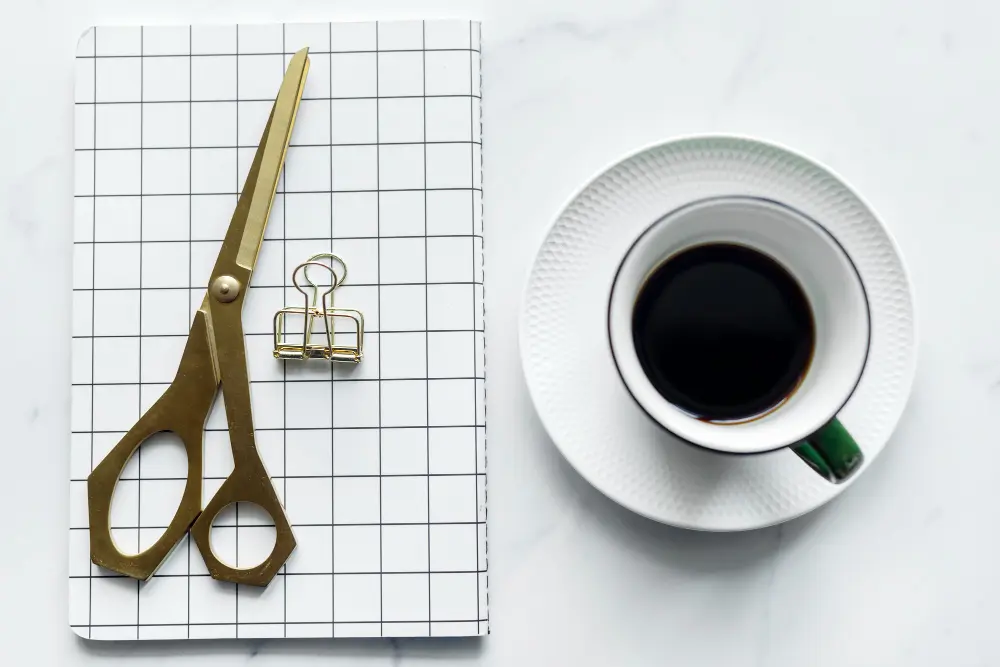
Experimenting with Coffee-to-Water Ratios
Why Experiment with Coffee-to-Water Ratios?
Experimenting with coffee-to-water ratios is an essential part of brewing the perfect cup of coffee. The ratio of coffee to water affects the taste, aroma, and strength of the final product. By experimenting with different ratios, coffee lovers can find the perfect balance that suits their personal preferences.
How to Experiment with Coffee-to-Water Ratios
To experiment with coffee-to-water ratios, coffee lovers can start by following a basic recipe and then adjust the ratio to their liking.
To find the ideal ratio of coffee to water for percolator, a good starting point is a ratio of 1:15 or 1:16, which means one part coffee to 15 or 16 parts water. From there, they can increase or decrease the amount of coffee to water until they find the perfect balance.
Another way to experiment with coffee-to-water ratios is by changing the brewing time. Longer brewing times extract more flavor from the coffee, resulting in a stronger and more bitter taste.
Conversely, shorter brewing times produce a milder and less bitter taste. For those who prefer a smoother and less acidic taste, cold brew concentrate is an excellent option.
By brewing coffee with cold water, the result is a less bitter and less acidic taste. The concentrate can then be stored and diluted with hot water to taste.
Common Mistakes to Avoid When Experimenting
One common mistake when experimenting with coffee-to-water ratios is using too much or too little coffee. Using too much coffee results in a bitter and overpowering taste, while using too little coffee produces a weak and watery taste.
It’s essential to measure the coffee and water accurately to achieve the desired taste. Another mistake is not taking into account the type of coffee maker being used. Different coffee makers require different ratios to achieve the perfect brew.
It’s crucial to follow the manufacturer’s instructions or experiment with different ratios to find the perfect balance.
Experimenting with coffee-to-water ratios is an essential part of brewing the perfect cup of coffee. By adjusting the ratio to personal preference, changing the brewing time, and avoiding common mistakes, coffee lovers can achieve the perfect balance of taste, aroma, and strength.
FAQS
1. How does the coffee-to-water ratio affect the taste of the brew?
The coffee-to-water ratio plays a significant role in determining the taste and strength of your coffee. A higher ratio (more coffee, less water) will result in a stronger, more concentrated flavor, while a lower ratio (less coffee, more water) will produce a milder, more diluted taste. It’s important to experiment with the ratio to find the balance that suits your taste preferences.
. Higher ratios yield stronger, more concentrated flavor
. Lower ratios result in milder, more diluted taste
. Experiment to find the ideal balance for personal preference
2. Do different coffee bean types and roasts require different coffee-to-water ratios?
Yes, different coffee bean types and roasts can require different coffee-to-water ratios. Darker roasts, for example, may require less coffee as they tend to have a stronger flavor profile. Lighter roasts, on the other hand, may require more coffee to achieve a balanced taste. It’s essential to experiment with the ratio, adjusting it according to the specific type and roast of the coffee beans you are using.
. Darker roasts may require less coffee
. Lighter roasts may need more coffee for balanced taste
. Experiment with ratios for different coffee bean types and roasts
3. What is the ideal coffee-to-water ratio for percolators?
The ideal coffee-to-water ratio for percolators does vary depending on personal taste preferences and the type of coffee beans used. A good starting point is to use a 1:12 to 1:15 coffee-to-water ratio. This means one part coffee to 12-15 parts water by weight. For example, if you are using 30 grams of coffee, you would use 360-450 grams (or milliliters) of water.
You can adjust the ratio based on your personal taste and the type of coffee bean used. It’s important to measure in grams or milliliters for accuracy
4. How can grind size affect the coffee-to-water ratio in percolators?
Grind size can have a significant impact on the coffee-to-water ratio in percolators. A coarser grind requires more coffee to achieve the desired strength, while a finer grind requires less coffee.
This is because a finer grind exposes more surface area, resulting in a more efficient extraction process. When using a percolator, it’s recommended to use a medium-coarse grind size to ensure optimal extraction and to prevent over-extraction, which can lead to bitter flavors.
. Coarser grind requires more coffee for desired strength
. Finer grind requires less coffee due to more efficient extraction
. Use a medium-coarse grind size for optimal extraction in percolators
5. What is the best way to measure coffee and water accurately for percolators?
To ensure the most accurate coffee-to-water ratio for percolators, it’s best to use a digital scale to measure both the coffee and water by weight. Measuring by volume, such as with scoops or cups, can lead to inconsistencies in the ratio due to varying densities of coffee beans and grind sizes. Weighing your ingredients allows for precise and consistent measurements, resulting in a more predictable and enjoyable coffee experience.
. Use a digital scale for accurate measurements
. Measure both coffee and water by weight
. Avoid measuring by volume due to inconsistencies in density
Final Thoughts
To sum it all up, mastering the coffee-to-water ratio in a percolator is an essential step towards achieving the perfect cup of coffee.
By following the guidelines we have outlined in this article, you can ensure that your coffee is neither too weak nor too strong– but just right.
Remember to measure your coffee and water carefully, adjust the grind of your beans to suit your taste, and be patient as the percolator works its magic.
With these tips in mind, you’ll be well on your way to enjoying a delicious and satisfying cup of coffee every morning. So go ahead, experiment a little, and discover the perfect coffee-to-water ratio for your percolator!

